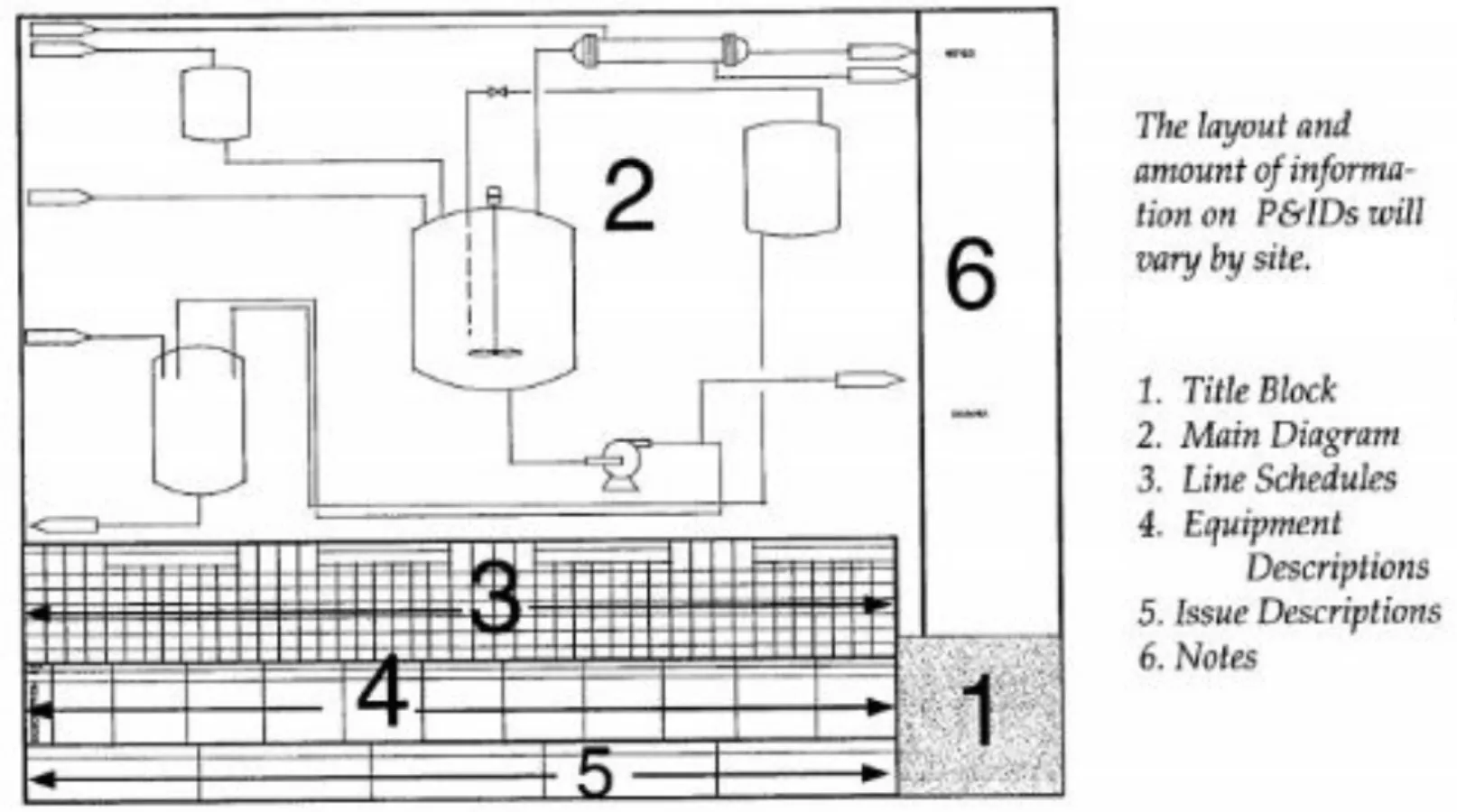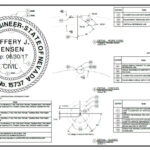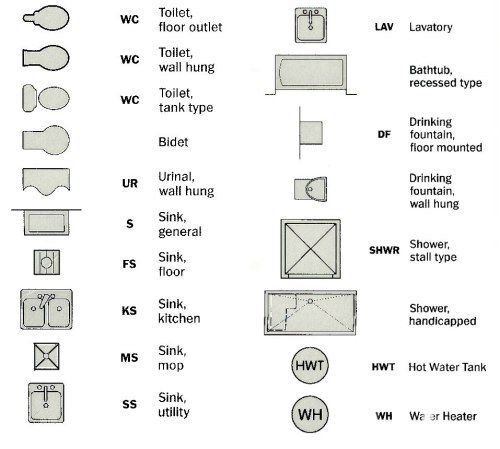Air conditioning systems have become indispensable in our lives, providing comfort and relief from extreme weather conditions. However, when faced with a remote control full of unfamiliar symbols, operating your air conditioner can seem like deciphering an alien language.
In this blog post, we will unravel the meaning behind air conditioning symbols, empowering you to become an air conditioning wizard!
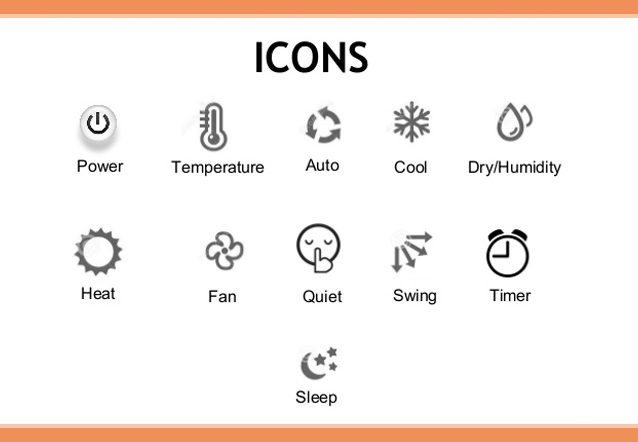
If you’re a new owner of an air conditioner and find yourself unsure about the symbols on the remote, don’t worry. It’s common to feel confused without proper guidance. To effectively use the unit, there are a few steps you can take:
- User Manual: Start by referring to the user manual provided by the manufacturer. It contains valuable information regarding the air conditioner’s features and functions, including explanations of the symbols and how to operate the unit efficiently. Don’t overlook the manual; it can be a helpful resource.
- Research: If you still have trouble understanding the symbols, you can conduct some research. Look up the specific make and model of your air conditioner online. Many manufacturers provide online resources, FAQs, and tutorials that explain the symbols and their meanings. Additionally, you may find user forums or online communities where people share their experiences and insights.
- Common Symbols: To give you a head start, we have compiled a list of common air conditioning symbols used by major brands. These symbols have consistent meanings across different models and manufacturers. Familiarize yourself with these symbols to better understand their functions.
Understanding the Basics
Before delving into the specific symbols, it’s essential to familiarize yourself with some fundamental functions. Most air conditioners have plus and minus buttons, allowing you to adjust the room’s temperature. Pressing the plus button increases the temperature, while the minus button decreases it.
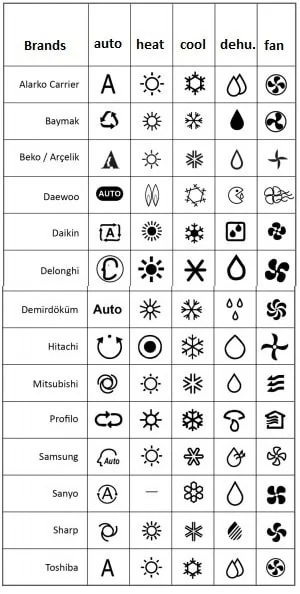
ON-OFF Symbols
The “Turn Off/Turn On” symbol on your air conditioning remote control is commonly represented by a capital letter “I” enclosed in a circle. By pressing this button, you can either turn off the AC unit if it is currently running, or turn it on if it is currently off. It serves as a straightforward and easily recognizable symbol for controlling the power status of your air conditioner.
Plus and minus symbols (Up- Down arrow buttons)
The plus and minus buttons on your air conditioner remote control are essential for adjusting the room’s temperature. Pressing the plus button increases the temperature, while pressing the minus button decreases it.

Use the plus button to make the room warmer and the minus button to make it cooler. These buttons allow you to achieve your desired comfort level.
Cooling Mode
When you need to cool down your room, look for the snowflake symbol. This indicates that your air conditioner is in cooling mode, where it blows out cool air. As the temperature reaches the desired level, the compressor turns off, and the fan continues to circulate the cool air, conserving energy.

Heating Mode
In colder months, the sun symbol comes into play. Activating the heating mode reverses the airflow, resulting in warm air being blown into the room. Once the desired temperature is achieved, the compressor switches off, and the auto function can be utilized to maintain a comfortable ambient temperature.

Fan Mode
If you prefer to circulate the air without cooling or heating, the fan mode is the way to go. This mode uses the fan to maintain the room’s temperature, consuming less energy compared to cooling or heating modes. Look for the symbol representing a fan to activate this mode.

Additional Symbols
Apart from the core functions mentioned above, there are several other symbols you may encounter on your air conditioner remote control:
Internal Fan Speed
This symbol is usually represented by bars, indicating the speed of the fan. More bars signify a higher fan speed, resulting in faster cooling or heating of the room.
Auto Function
Commonly denoted by the letter “A” enclosed within four arrows, the auto function maintains the desired temperature once it’s been reached. Some advanced systems even turn off the fan completely to conserve energy.
Dry Mode
Despite its waterdrop symbol, the dry mode is intended to reduce humidity in the air rather than provide cooling. This mode is ideal for humid environments, making the room more comfortable by removing excess moisture.

Air Swing
Many air conditioners allow you to control the direction of airflow. The vertical air swing symbol represents the air blowing vertically, while the horizontal air swing symbol indicates airflow across the room.

Turbo Mode
When you need instant relief from extreme temperatures, activate the turbo mode. This mode maximizes the air conditioner’s capacity, providing rapid cooling or heating within a short time.

Snowflake Symbol
When the scorching heat becomes unbearable, there’s nothing quite like the relief of a cool and refreshing environment. That’s where the snowflake symbol on your air conditioner remote control comes into play. Opposite to the sun symbol, the snowflake represents the cold mode of your air conditioning unit. It has become one of the most frequently used settings and a popular way to quickly cool down a room.

The cold mode, indicated by the snowflake symbol, activates the air conditioner’s compressor to cool the air flowing into the room. As the cool air circulates, it brings down the temperature, creating a comfortable and refreshing atmosphere. This setting is particularly useful during hot summer months or in regions with high temperatures.
To activate the cold mode, simply locate the snowflake symbol on your remote control and press the corresponding button. Once activated, you’ll feel the difference as your air conditioner starts producing a stream of chilly air, providing relief from the sweltering heat.
Sensor Mode
Personalized airflow for optimum comfort. Some air conditioning systems have a built-in sensor that directs airflow based on your location in the room, ensuring personalized comfort.
Sleep Mode
Enhance your sleep with this mode, which gradually adjusts the temperature every half an hour for a more comfortable sleeping environment. Look for the sleeping star symbol to activate this feature.
Conclusion
By understanding the meaning behind air conditioning symbols, you gain the confidence to operate your unit effectively and achieve the desired indoor climate. While this blog post has covered the basic symbols, it’s essential to consult your instruction manual or the manufacturer’s website for further information specific to your air conditioning system.

